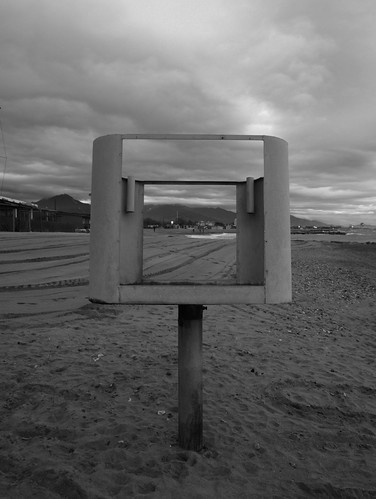Would you like to get started in photography but have no idea how? Are you not sure if your photos are coming out well, or maybe you are having trouble taking shots in low light? Even an experienced photographer can use advice sometimes, and this article provides the advice that you need.
Use digital techniques to create photographs that resemble oil paintings, watercolors, graphic pencil sketches and more. There is a variety of digital software available on the market, but the standard is considered to be Adobe Photoshop. Providing your photos with those artistic conversions is simply a matter of opening the “filter” menu and picking the effect you find most appealing.
To improve your photographs, try playing around with the shutter speed on your camera under a variety of different shooting conditions. Photography allows you to capture a split-second moment and to blur together large time periods. Fast shutter speeds allow you to capture moving objects while slow shutter speeds are ideal for shooting calm, tranquil scenery.
Be simple with your camera settings. Discover and experiment with one feature at a time before moving on. If you focus on features too much, you will miss some great natural pictures. Sometimes, snapping the picture right away is the best decision.
When you are taking photos of landscapes, create an appearance of depth. Create a good sense of scale with the use of a recognized object in your foreground. Aperture sizes like f/8 on a consumer camera, or f/16 on a professional DSLR, make it so you need not sacrifice foreground sharpness for background sharpness or vice-versa.
Viewers usually look at the foreground more than anything, while photographers check the landscape and background. Compose the foreground of your shot to create a more striking frame and increase the appearance of depth.
Taking pictures should be fun. The pictures you take should be about something you specifically want to remember so you can show others or perhaps as a memory for yourself. If you are having a good time while snapping photographs, you will continue to want to learn and grow in the field.
Consider taking photographs of the souvenirs bought on your trip. You can take a photo of the item in the store you bought it from, or put it in a location which will show both the beauty of the terrain and the local culture. After returning home, your pictures and your souvenirs together will help tell a more memorable, engaging story.
Putting your models at ease is important, especially if they are unfamiliar with you. Some people look at photographers as threatening. Be engaging, talk to them and ask for their permission to take their pictures. Turn people onto the idea that photography is a form of art, rather than a form of predation.
Learn composition and that less is much more with photographs. You should not add too much to your pictures, or you will run the risk that they will look cluttered. It’s better to compose your picture with an eye toward simplicity.
It is common to come from a background of thinking everything has to be even and centered. Perfection is highly regarded in society, but to create shots full of drama, point your camera at your subject in a manner that positions them slightly off of center. Be aware of the auto-focus feature, which can lock the view to the middle of the lens. Use manual focus instead, and lock your focus before snapping the picture.
In most portrait photos, the subject’s eyes look directly into the camera. For striking photographs, have your subject focus their eyes on something off-camera. You might also direct the subject to focus on an object or person within the frame.
Frame each of your shots. You can utilize the environment around your subject to frame your snapshot in a unique and mood-evoking manner. It is possible to build a natural frame by looking for items in the picture. This will improve your composition skills.
Use the manual white balance when you take your pictures. Doing so will alter the way the picture “feels” and also puts control into your hands. You can allow for a learning curve while you start out in photography, and you will find that using manual white balance can let you get really creative.
Focus on your subject. The quality of the overall photo is hugely impacted by whether or not the focus is on your subject. If you want your pictures to have the best composure, and reflect your personal style, stay focused. This is especially true when you first start out, keep the main subject in view and centered. Don’t be particularly concerned about the background.
Enhance your photograph with a silhouette. While most people use the sunset to create a silhouette, there are other methods. For example, if the subject is not as brightly lit as the background, you can produce a silhouette. Having a beautiful silhouette can be as simple as positioning the flash away from the camera, behind the subject you are photographing. A bright light outside a window can also produce similar results. Be sure, however, that the resulting outline gives a flattering depiction of the subject.
Any serious photographer should have a tripod. Slight movement and shaking of the camera becomes noticeable when you’re shooting pictures using slow shutter speeds. You don’t have to buy the most expensive tripod in the store, and it will help to get rid of unsightly blurs from your photos. With a quality tripod, your shots turn out with a more professional look, and you are more likely to have every shot turn out just the way you intended.
Photography is more than just taking pictures, it is an art form, and the more knowledge you gain, the more successful you will become. There is a plethora of photography tips available, so use them to your advantage, and remember there is no right and wrong when it comes to photography.
